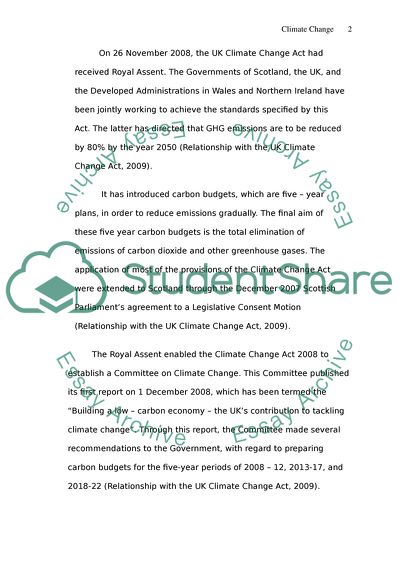Cite this document
(Climate and Legislation in the UK Case Study Example | Topics and Well Written Essays - 2500 words, n.d.)
Climate and Legislation in the UK Case Study Example | Topics and Well Written Essays - 2500 words. Retrieved from https://studentshare.org/law/1728074-discuss-how-both-the-uk-government-and-the-scottish-executive-have-dealt-with-the-problem-of-climate-change-in-terms-of-legislation
Climate and Legislation in the UK Case Study Example | Topics and Well Written Essays - 2500 words. Retrieved from https://studentshare.org/law/1728074-discuss-how-both-the-uk-government-and-the-scottish-executive-have-dealt-with-the-problem-of-climate-change-in-terms-of-legislation
(Climate and Legislation in the UK Case Study Example | Topics and Well Written Essays - 2500 Words)
Climate and Legislation in the UK Case Study Example | Topics and Well Written Essays - 2500 Words. https://studentshare.org/law/1728074-discuss-how-both-the-uk-government-and-the-scottish-executive-have-dealt-with-the-problem-of-climate-change-in-terms-of-legislation.
Climate and Legislation in the UK Case Study Example | Topics and Well Written Essays - 2500 Words. https://studentshare.org/law/1728074-discuss-how-both-the-uk-government-and-the-scottish-executive-have-dealt-with-the-problem-of-climate-change-in-terms-of-legislation.
“Climate and Legislation in the UK Case Study Example | Topics and Well Written Essays - 2500 Words”, n.d. https://studentshare.org/law/1728074-discuss-how-both-the-uk-government-and-the-scottish-executive-have-dealt-with-the-problem-of-climate-change-in-terms-of-legislation.


